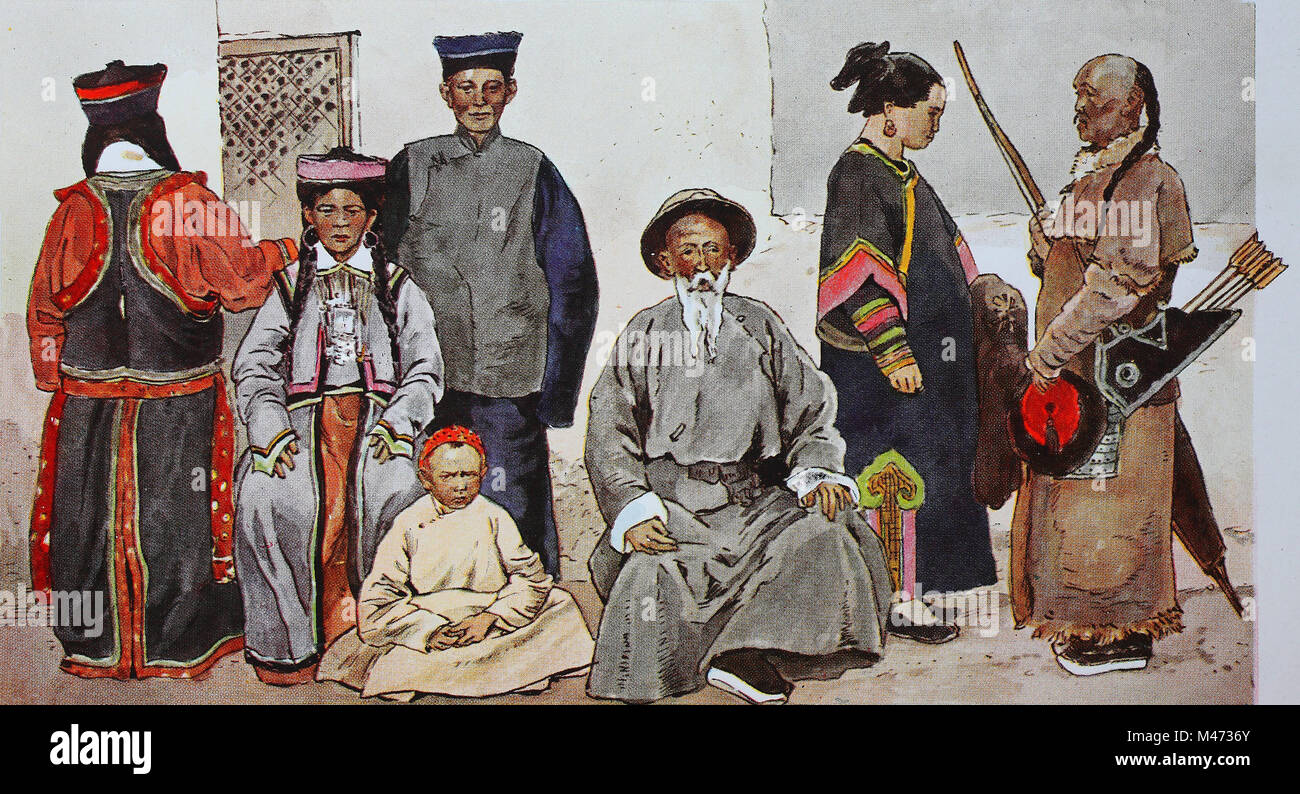Just How to Style Eastern Wear Pakistan Outfits for Contemporary Elegance
Just How to Style Eastern Wear Pakistan Outfits for Contemporary Elegance
Blog Article
Experience the Sophistication of Traditional Eastern Clothes
Embark on a trip with the detailed world of typical Eastern outfit, where each garment narrates woven with cultural splendor and historic significance. From the vibrant shades of a Chinese qipao to the regal beauty of a Pakistani shalwar kameez, these garments supply a look right into a world where workmanship meets creativity. The combination of lavish fabrics and fragile embroidery methods produces a tapestry of elegance that transcends borders and time. Join us as we unravel the secrets behind these splendid items and discover the attraction of Eastern outfit that has actually captivated generations.
History of Eastern Clothing
Eastern attire has an abundant history that dates back centuries, showing the varied cultures and customs of regions such as Asia and the Middle East. In Asia, conventional clothing differs significantly from the colorful saris put on in India to the stylish kimono of Japan.
Throughout background, Eastern outfit has not just offered as a form of garments but additionally as a symbol of social identification and heritage. Today, Eastern clothing proceeds to develop, blending conventional components with modern-day fashion fads to develop ageless and unique styles.
Significance of Needlework
Needlework plays an important role in traditional Eastern clothes, including complex information and social relevance to garments that have actually been given via generations. In Eastern societies, needlework is not just ornamental however holds deep symbolic significances. Each stitch and pattern can convey tales, beliefs, and also social condition.
The art of embroidery in traditional Eastern clothes is a labor-intensive procedure that requires ability and persistence. Highly proficient craftsmens carefully hand embroider elaborate designs onto textiles making use of methods that have actually been improved over centuries. These embroidered designs often mirror the rich social heritage of the area they originate from, showcasing concepts inspired naturally, folklore, or historic occasions.

Glamorous Fabrics Made Use Of
Luxurious materials play a critical duty in improving the elegance and opulence of traditional clothing throughout diverse Eastern cultures. Silk, renowned for its gentleness and luster, is a favored selection for several traditional garments due to its luxurious feeling and ability to drape with dignity. In countries like India, China, and Japan, silk has a lengthy history of being utilized in standard attire, symbolizing riches and standing.
One more extensively utilized glamorous fabric is brocade, identified by elaborate patterns woven into the product. Brocade adds a touch of sophistication to garments and is commonly seen in ceremonial outfits and official wear. Velour, with its deluxe appearance and rich appearance, is likewise a popular choice for conventional clothing in Eastern cultures, especially for festive occasions and unique celebrations.
Additionally, chiffon, fabric, and satin are frequently made use of for their lightweight and running top qualities, including a sense of delicacy and sophistication to garments. These glamorous materials not just elevate the visual charm of standard Eastern attire yet also add to the general appeal and charm of the wearer.
Craftsmanship Strategies
Conventional attire in numerous societies showcases flawless workmanship techniques that are passed down via generations, highlighting the ability and virtuosity included in producing these beautiful garments. Each stitch, embellishment, and embroidery is meticulously crafted to produce ageless my explanation pieces that embody the cultural heritage and practices of the region. The craftsmanship techniques used in standard Eastern outfit often include complex handwork, such as hand weaving, hand needlework, and hand beading, which need accuracy and focus to information.
Artisans that specialize in these methods undergo years of training to perfect their skills and understand the straight from the source conventional methods of garment building. Using high-quality materials incorporated with professional craftsmanship leads to garments that not only look visually stunning however additionally stand the examination of time. The commitment to protecting these craftsmanship strategies makes certain that each piece of traditional Eastern clothing is an artwork, showing the rich cultural history and heritage of the area.
Classic Style and Elegance

The elaborate needlework, fragile beadwork, and extravagant textiles used in traditional Eastern outfit contribute to its unmatched charm. The precise workmanship gave through generations makes certain that every piece narrates and shows refinement and elegance.
In addition, the traditional shapes and graceful draping of standard Eastern clothes add to its enduring beauty. The flowing lines and sophisticated layouts create a sense of harmony and equilibrium that is both mentally fascinating and aesthetically appealing.
In significance, the classic style and elegance of conventional Eastern clothes act as a testimony to the skill and creativity of the craftsmen that dedicate their lives to preserving these elegant sartorial traditions. - eastern wear pakistan
Verdict
Finally, the style of conventional Eastern clothing is a testament to the rich history, social significance, and complex craftsmanship of the region. From the elaborate embroidery to the extravagant materials and ageless charm, each garment informs a tale and shows the social identity of its origins. Accepting Eastern attire allows one to appreciate the artistry and elegance that have actually been given through generations, creating really elegant and fascinating pieces.
Embark on a trip through the complex world of standard Eastern clothes, where each garment informs a story woven with cultural richness and historic value.Needlework plays a crucial role in standard Eastern attire, adding detailed details and social relevance to garments that have actually been passed down with generations.Elegant materials play an essential function in enhancing the beauty and luxury of typical outfit across diverse Eastern societies. The craftsmanship strategies utilized in conventional Eastern attire often entail elaborate advice handwork, such as hand weaving, hand embroidery, and hand beading, which need precision and focus to information.
In verdict, the beauty of traditional Eastern clothes is a testament to the abundant history, social importance, and detailed workmanship of the region.
Report this page